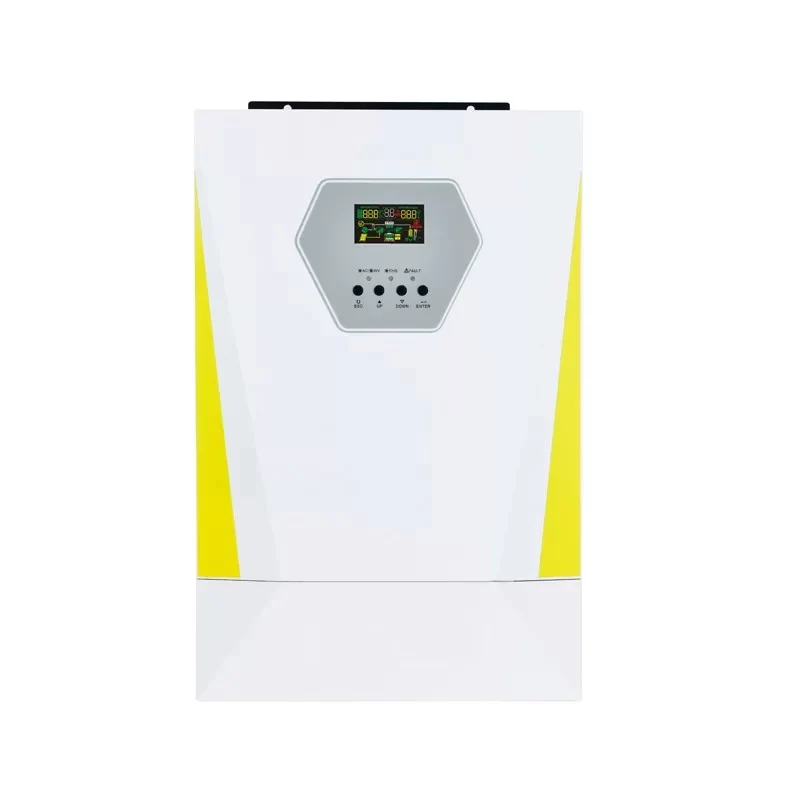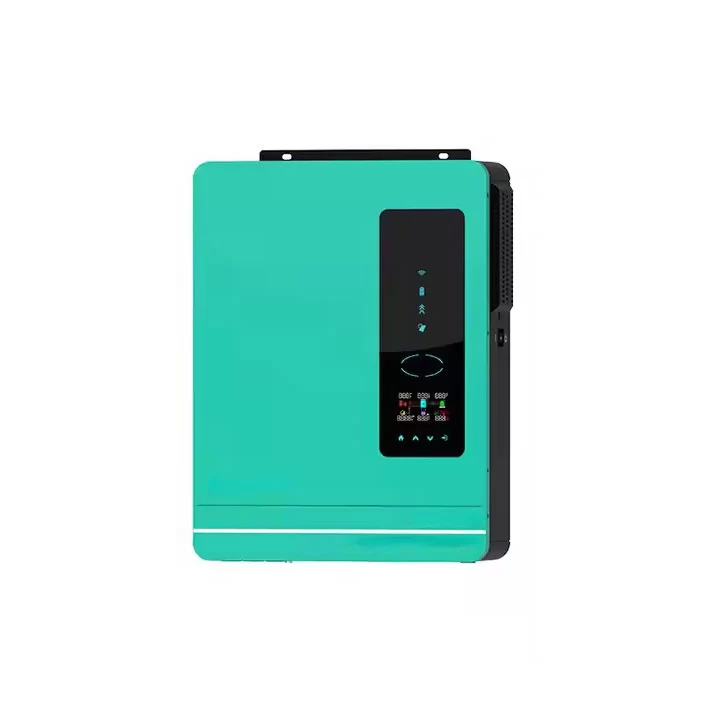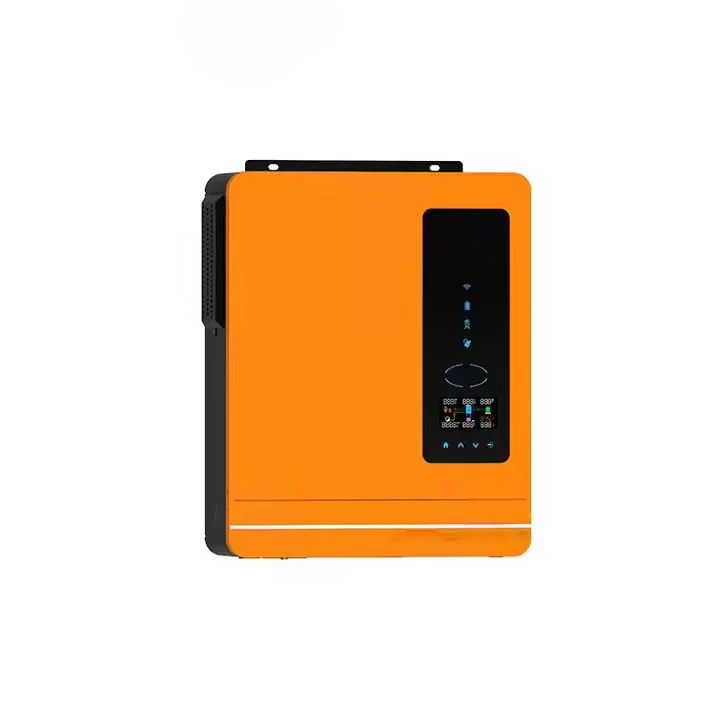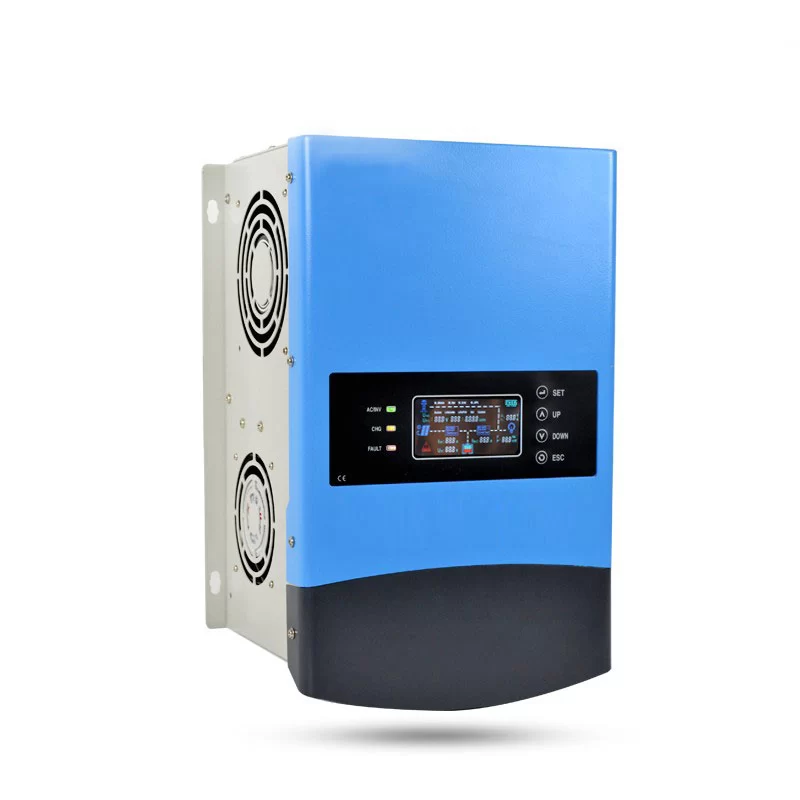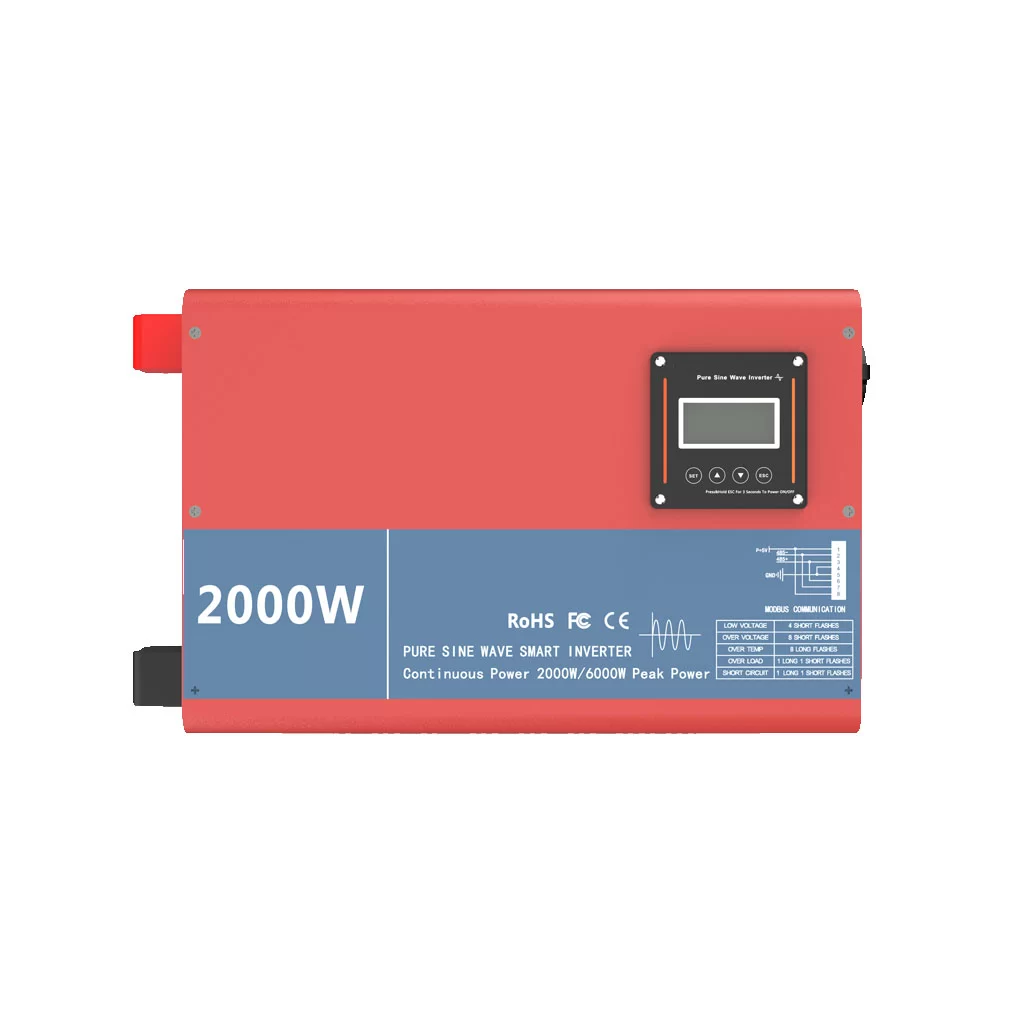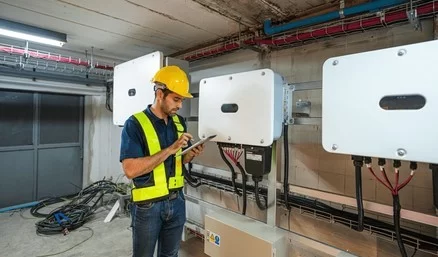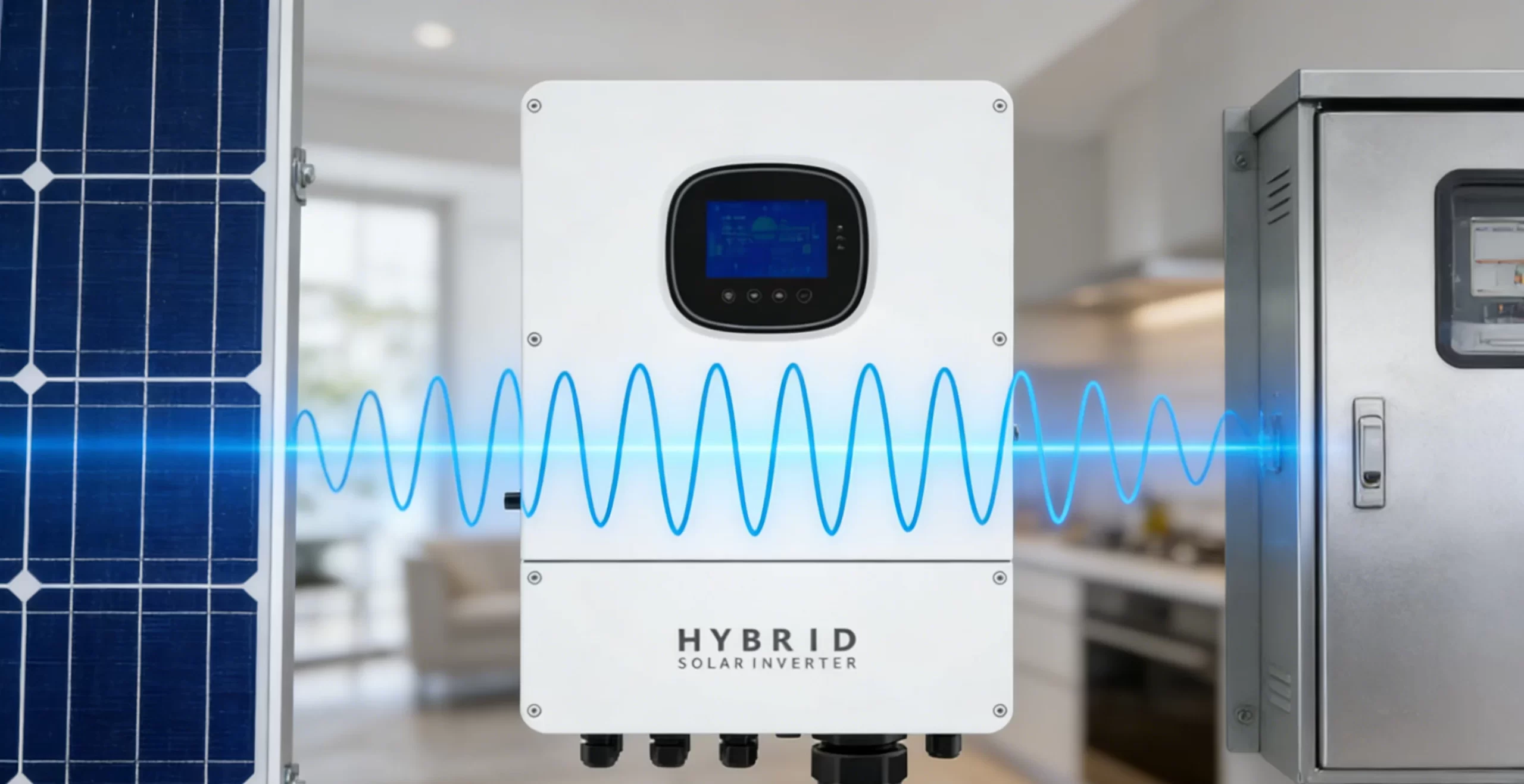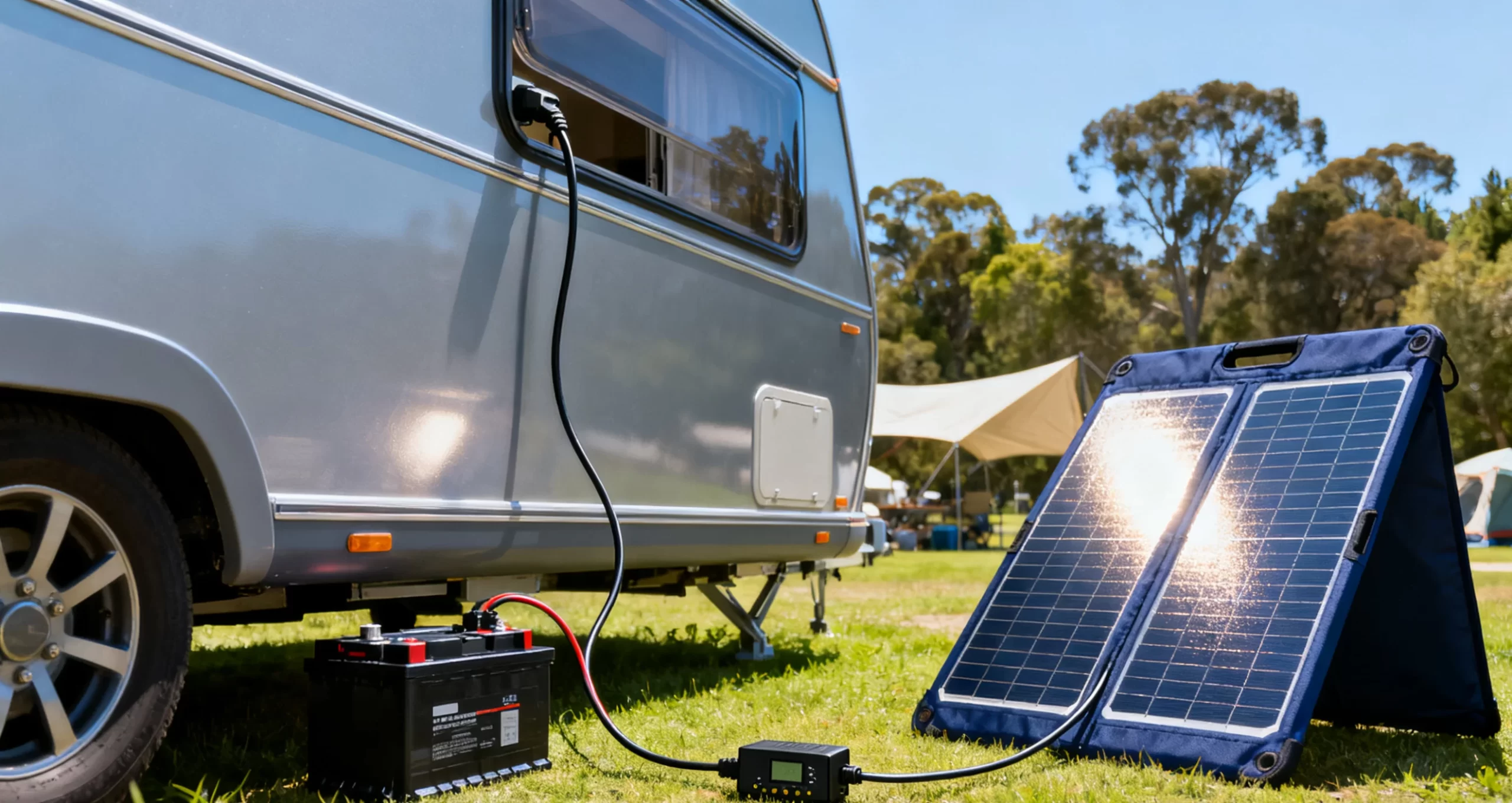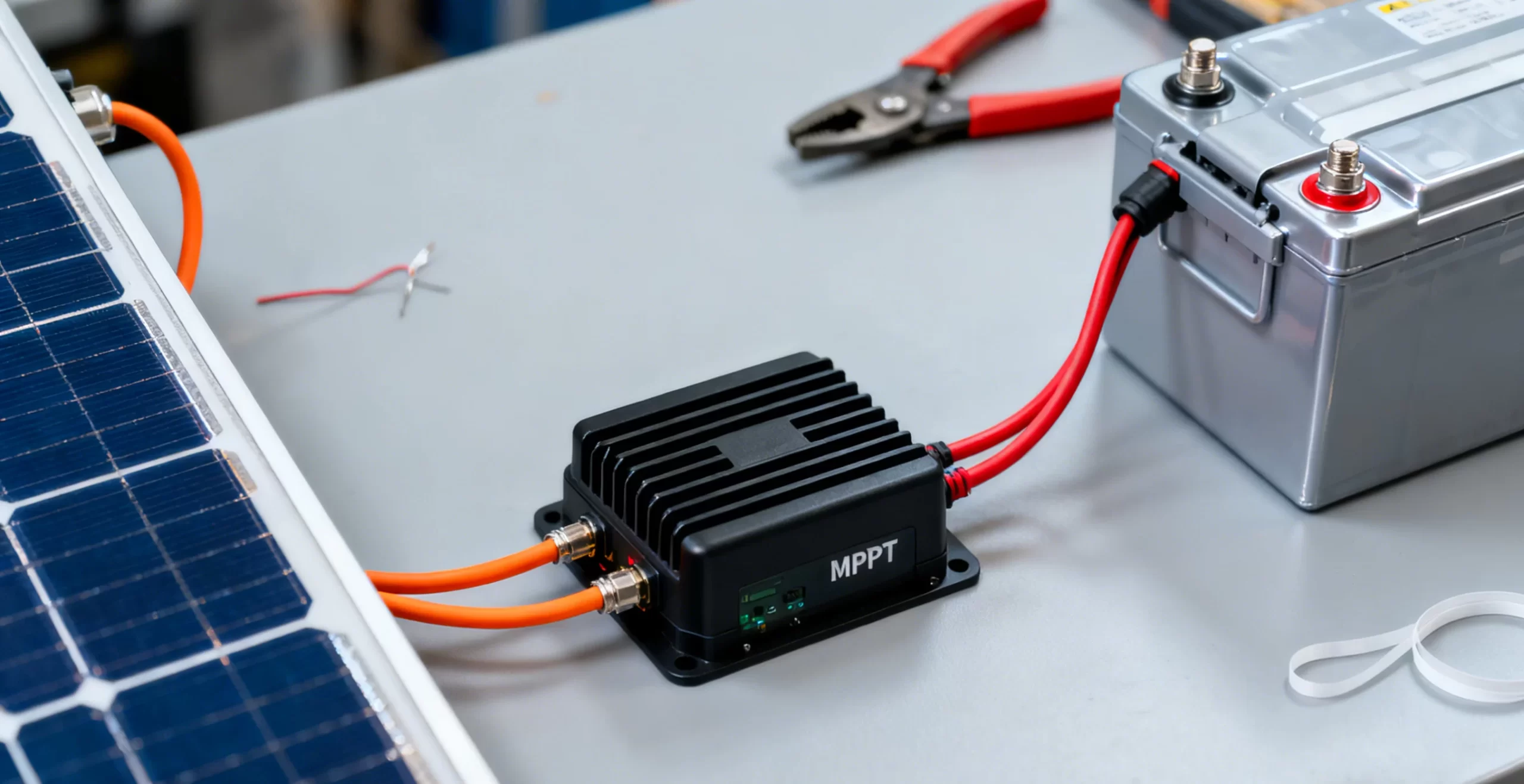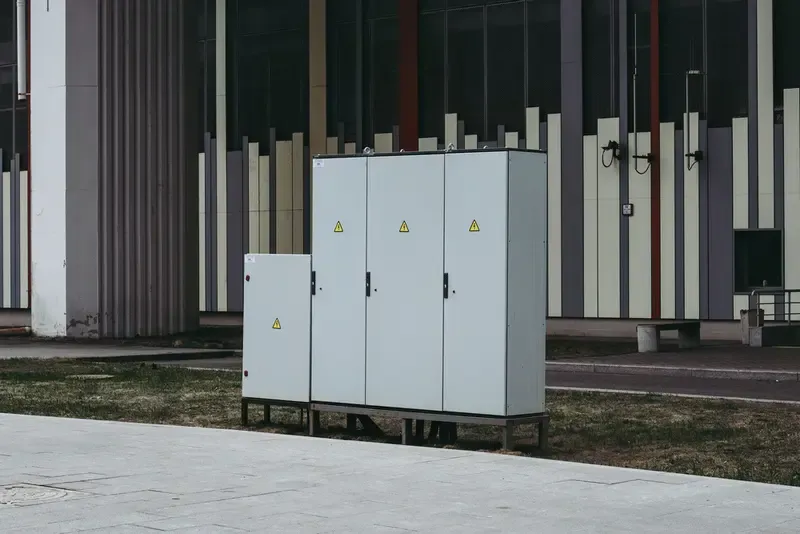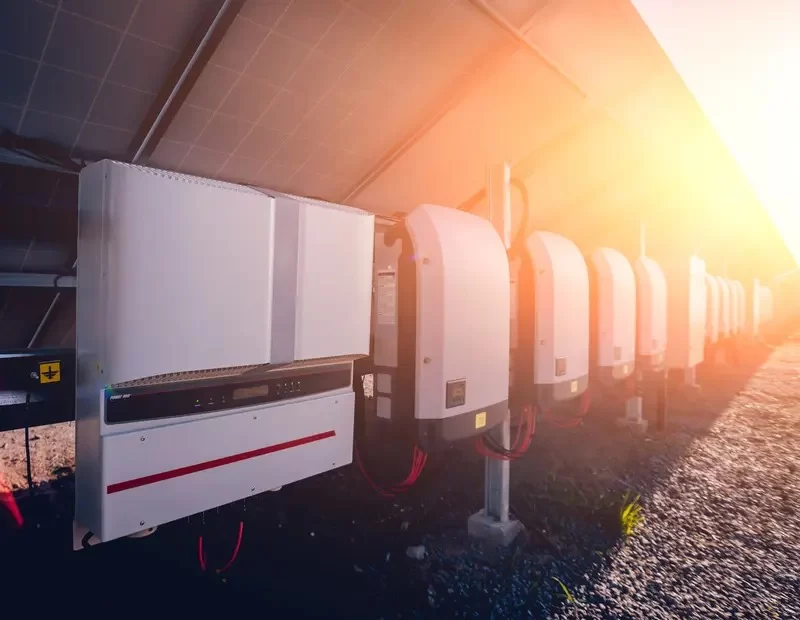- tel:+86-13651638099
- Email: [email protected]
- Official website: www.hj-net.com
- Address: 333 Fengcun Road, Fengxian District, Shanghai
Get A Quote Now!
How to Determine the Right Inverter Size for Your Home
Understanding Your Power Needs
To choose the right inverter size for your home, you first need to calculate the total power demand. Start by listing each electrical device you plan to use and noting its power rating, typically measured in watts. For instance:
– Television: 50 – 200 watts
– Air Conditioner: 800 – 3000 watts
– Refrigerator: 100 – 500 watts
– Computer: 100 – 500 watts
– Washing Machine: 200 – 1000 watts
– Water Heater: 1500 – 3000 watts
Add these wattages together to get your home’s total power demand.
Considering Surge Power Requirements
Certain appliances, especially those with motors such as refrigerators and air conditioners, require extra power to start up, known as surge power or starting wattage. When choosing an inverter, it’s important to ensure that it can handle both the running and surge power to avoid overloads and potential damage. This consideration will help in maintaining the efficiency and longevity of your inverter.
Adding a Safety Margin
To account for any future increases in your electrical load and to ensure the inverter operates reliably, select an inverter with a capacity approximately 20-25% greater than your calculated total wattage. This safety margin helps accommodate unexpected power demands and ensures your inverter remains efficient and durable.
Example Calculation for a Typical Household
Let’s estimate the power needs for a typical home:
– Television: 100 watts
– Air Conditioner: 2000 watts
– Refrigerator: 300 watts
– Computer: 200 watts
– Washing Machine: 500 watts
– Water Heater: 2500 watts
Total Power Demand: 100 + 2000 + 300 + 200 + 500 + 2500 = 5100 watts
Surge Power Consideration: Add 20-25% for surge power and future needs: 5100 watts × 1.25 = 6375 watts
Recommended Inverter Size:Choose an inverter rated at 6500 watts or higher to ensure adequate capacity.
Common Inverter Battery Types and Their Price Ranges
Here’s a brief overview of common inverter battery types and their price ranges:
| Type of Battery | Price Range | Description | Battery Life |
|---|---|---|---|
| Flat Plate Batteries | Low | Lead-acid batteries with flat, rectangular plates. | Up to 3-5 years |
| Tubular Batteries | Low | Lead-acid batteries with a longer lifespan, suitable for extended backup needs. | Up to 5-8 years |
| Maintenance-Free Batteries | Moderate | Sealed, spill-proof batteries requiring minimal maintenance. | Up to 3-5 years |
| Lithium-Ion Batteries | High | High energy density, longer lifespan, and fast charging. | More than 10 years |
| Gel Batteries | Moderate | Use gel electrolytes, better cycle life, and deep discharge tolerance. | Around 5-7 years |
Differences Between UPS and Inverters
- Use Case and Backup Time:
– UPS (Uninterruptible Power Supply): Provides immediate backup, ideal for sensitive electronics like computers, typically offering around 30 minutes of backup.
– Inverter: Has a slight delay in switching but is suitable for general home use, ideal for appliances where a brief delay is acceptable.
- Maintenance & Lifespan:
– UPS: Requires minimal maintenance but the battery degrades faster due to constant charging and discharging.
– Inverter: Requires more maintenance, especially for lead-acid types, but generally has a longer battery life.
- Price:
– UPS: Generally less expensive compared to inverters.
Final Tips for Choosing the Best Inverter Battery
- Capacity: Ensure the battery’s capacity in ampere-hours (Ah) matches your power requirements.
- Type: Choose between lead-acid and lithium-ion based on your cost and maintenance preferences.
- Charge/Discharge Cycles: Higher cycle numbers indicate a longer battery life.
- Warranty: A longer warranty typically signifies better quality.
- Price vs. Quality: Balance cost with quality for long-term savings.
- Recharge Time: Shorter recharge times are preferable for frequent use.
- Maintenance: Opt for batteries that are easy to maintain.
Conclusion
Selecting the right inverter battery involves evaluating your power needs, understanding the types of batteries available, and considering factors like capacity, maintenance, and price. Schneider Electric offers a range of durable inverter batteries designed for various backup needs.

